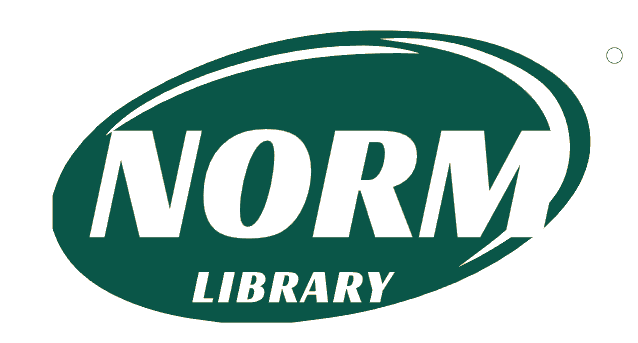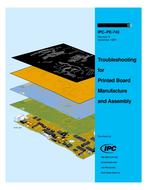
ASTM E2585-09
Original price was: $58.00.$35.00Current price is: $35.00.
Standard Practice for Thermal Diffusivity by the Flash Method
standard by ASTM International, 03/15/2009
1.1 This practice covers practical details associated with the determination of the thermal diffusivity of primarily homogeneous isotropic solid materials. Thermal diffusivity values ranging from 10-7 to 10-3 m²/s are readily measurable by this from about 75 to 2800 K.
1.2 This practice is adjunct to E 1461.
1.3 This practice is applicable to the measurements performed on materials opaque to the spectrum of the energy pulse, but with special precautions can be used on fully or partially transparent materials.
1.4 This practice is intended to allow a wide variety of apparatus designs. It is not practical in a document of this type to establish details of construction and procedures to cover all contingencies that might offer difficulties to a person without pertinent technical knowledge, or to stop or restrict research and development for improvements in the basic technique. This practice provides guidelines for the construction principles, preferred embodiments and operating parameters for this type of instruments.
1.5 This practice is applicable to the measurements performed on essentially fully dense materials; however, in some cases it has shown to produce acceptable results when used with porous specimens. Since the magnitude of porosity, pore shapes, and parameters of pore distribution influence the behavior of the thermal diffusivity, extreme caution must be exercised when analyzing data. Special caution is advised when other properties, such as thermal conductivity, are derived from thermal diffusivity obtained by this method.
1.6 The flash can be considered an absolute (or primary) method of measurement, since no reference materials are required. It is advisable to use only reference materials to verify the performance of the instrument used.
1.7 This method is applicable only for homogeneous solid materials, in the strictest sense; however, in some cases it has been shown to produce data found to be useful in certain applications:
1.7.1 Testing of Composite Materials – When substantial non-homogeneity and anisotropy is present in a material, the thermal diffusivity data obtained with this method may be substantially in error. Nevertheless, such data, while usually lacking absolute accuracy, may be useful in comparing materials of similar structure. Extreme caution must be exercised when related properties, such as thermal conductivity, are derived, as composite materials, for example, may have heat flow patterns substantially different than uniaxial. In cases where the particle size of the composite phases is small compared to the specimen thickness (on the order of 1 to 25 % of thickness) and where the transient thermal response of the specimen appears homogenous when compared to the model, this method can produce accurate results for composite materials. Anisotropic materials can be measured by various techniques, as long as the directional thermal diffusivities (two dimensional or three dimensional) are mutually orthogonal and the measurement and specimen preparation produce heat flow only along one principle direction. Also, 2D and 3D models and either independent measurements in one or two directions, or simultaneous measurements of temperature response at different locations on the surface of the specimen, can be utilized.
1.7.2 Testing Liquids – This method has found an especially useful application in determining thermal diffusivity of molten materials. For this technique, specially constructed specime enclosures must be used.
1.7.3 Testing Layered Materials – This method has also been extended to test certain layered structures made of dissimilar materials, where the thermal properties of one of the layers are considered unknown. In some cases, contact conductance of the interface may also be determined.
1.8 The values stated in SI units are to be regarded as the standard.
1.9 This standard does not purport to address all of the safety concerns, if any, associated with its use. It is the responsibility of the user of this standard to establish appropriate safety and health practices and determine the applicability of regulatory limitations prior to use.
Product Details
- Published:
- 03/15/2009
- Number of Pages:
- 10
- File Size:
- 1 file , 130 KB
- Note:
- This product is unavailable in Russia, Ukraine, Belarus




